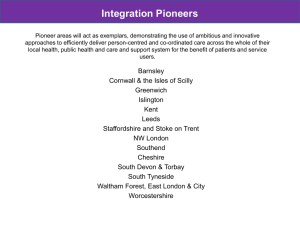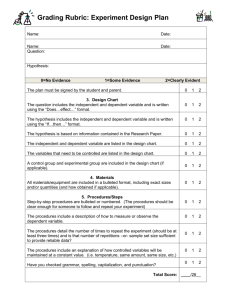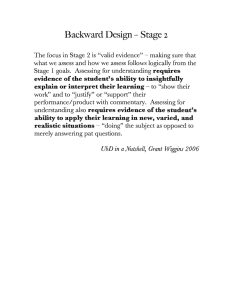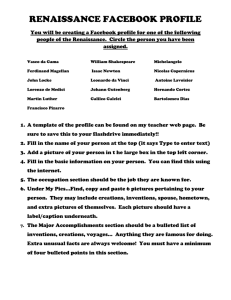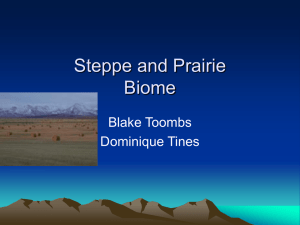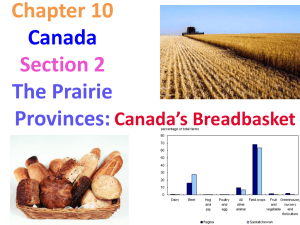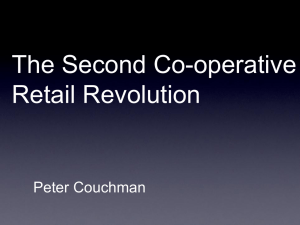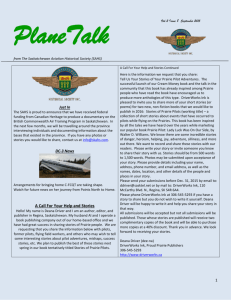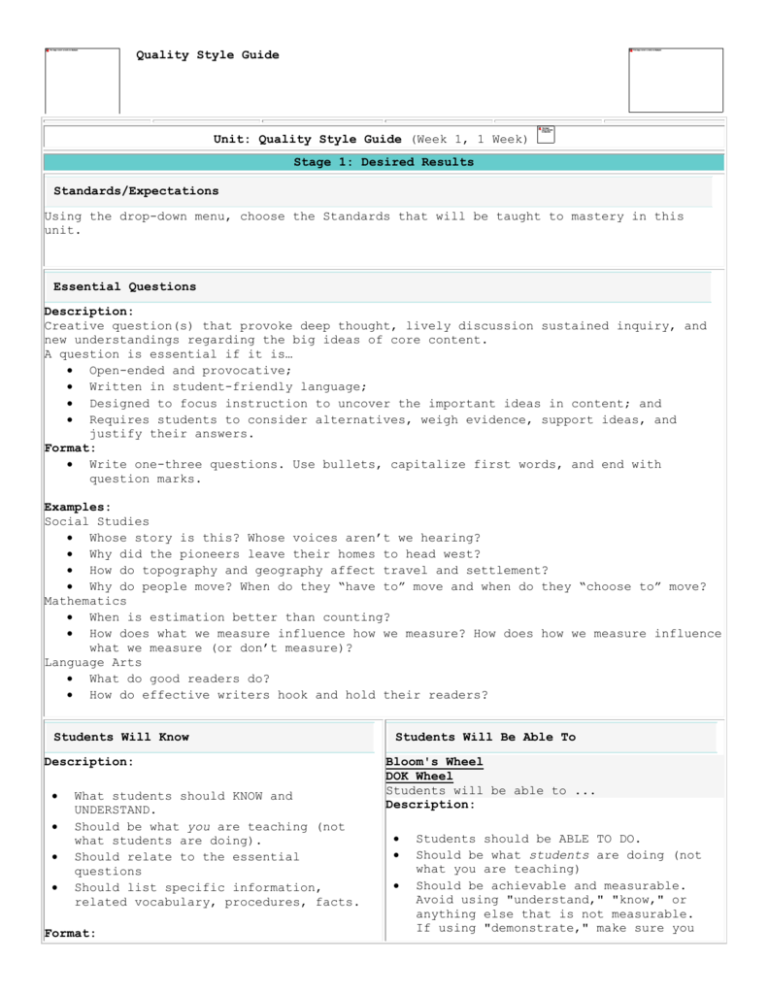
Quality Style Guide
Unit: Quality Style Guide (Week 1, 1 Week)
Stage 1: Desired Results
Standards/Expectations
Using the drop-down menu, choose the Standards that will be taught to mastery in this
unit.
Essential Questions
Description:
Creative question(s) that provoke deep thought, lively discussion sustained inquiry, and
new understandings regarding the big ideas of core content.
A question is essential if it is…
Open-ended and provocative;
Written in student-friendly language;
Designed to focus instruction to uncover the important ideas in content; and
Requires students to consider alternatives, weigh evidence, support ideas, and
justify their answers.
Format:
Write one-three questions. Use bullets, capitalize first words, and end with
question marks.
Examples:
Social Studies
Whose story is this? Whose voices aren’t we hearing?
Why did the pioneers leave their homes to head west?
How do topography and geography affect travel and settlement?
Why do people move? When do they “have to” move and when do they “choose to” move?
Mathematics
When is estimation better than counting?
How does what we measure influence how we measure? How does how we measure influence
what we measure (or don’t measure)?
Language Arts
What do good readers do?
How do effective writers hook and hold their readers?
Students Will Know
Description:
What students should KNOW and
UNDERSTAND.
Should be what you are teaching (not
what students are doing).
Should relate to the essential
questions
Should list specific information,
related vocabulary, procedures, facts.
Format:
Students Will Be Able To
Bloom's Wheel
DOK Wheel
Students will be able to ...
Description:
Students should be ABLE TO DO.
Should be what students are doing (not
what you are teaching)
Should be achievable and measurable.
Avoid using "understand," "know," or
anything else that is not measurable.
If using "demonstrate," make sure you
Finish the sentence “We want students
to know or understand…”
Bulleted list of phrases.
Format:
Examples:
also include more specifically the
outcome.
Scientific method
Metric system
French and Indian War
Parts of speech
Short vowels
Place value to the millions
Finish the sentence “We want students
to be able to…”
Bulleted list of phrases.
Begin with a verb using Bloom’s
Taxonomy if possible.
BOLD the verb
Examples:
Research and analyze past periods,
events, and issues, using a variety of
primary sources
Academic Vocabulary
Description:
Should explain a curriculum concept.
Should be nouns, verbs or concept.
Should be connected to one or multiple content areas.
Format:
Use bullets, capitalize words
Examples:
Metaphor
Soliloquy
Stage 2: Assessment Evidence
Assessments
Description:
Evidence collected to determine the degree to which the understandings have been
developed, the knowledge and skill attained, and the Standards/ Frameworks are met.
Format:
Upload tests, quizzes, and other assessments using the links button.
Identify Maine Learning Results Code(s) for each assessment.
Give each assessment a name in bold, follow with a colon.
Write a one or two sentence description of assessment. Attach the actual student
assessment using the list button.
Use a bullet to list each assessment.
Examples:
Museum Display: Create a museum display, including artifacts, pictures, and diary
entries, depicting a “week in the life” of a family of settlers living on the
prairie. In the written museum cards, explain how geography and topography affected
pioneer travels and settlement. Explain the common misunderstandings folks today
have about prairie life and westward expansion.
Letters on the Prairie: Write 1 letter a day (each representing a year in travel) to
a friend back east, describing your life on the wagon train and the prairie. Tell
about your hopes and dreams, and explain what frontier life was really like. Include
pictures.
Docent Speech: Create a formal museum docent speech to an audience of students at an
exhibit of 19th, 20th, and 21st century pioneers. Discuss how we are pioneers, how
modern pioneers are alike and different than the people on the prairie.
Illustrated Brochure: Create an illustrated brochure to teach younger children about
the importance of good nutrition for a healthy life. Include ideas for breaking bad
dietary habits.
Stage 3: Learning Plan
Learning Activities
Resources and Tech Integration
Description:
List all activities used to instruct
this unit
What students are asked to do in
order to learn
Methods you use to help students
learn
Describe how each activity is being
used
Include supporting attachments
Description:
Format:
Bulleted list of Activities
Description of each activity
Examples:
Examples:
Guides for reading: I distributed a
guide for reading document with
questions about the chapter (see
attached).
Differentiated Instruction
Description:
Techniques used to differentiate for
different learners.
What you do intentionally to help
different learners learn the same
content
List what you use to teach this
unit.
May overlap with Technology
Resources.
Format:
Select from dropdown and reflect on
use.
This Boy's Life by Tobias
Woolf ISBN:978-xxx-xxxx.
Graphing calculator.
Smart Board.
Teacher Reflections/Notes
Description:
Ideas for revisions and modification
for future unit development.
Format:
Bulleted list of key ideas.
Include dates reflection was made.
Format:
Add a description to each technique
(how are you using it?)
Examples:
Examples:
10/16/2013: This unit could be
shorter…
8/24/2013: The lesson today was too
hard and needs to be broken up
Coaching: I paired students with
reading challenges with the ones who
are doing much better. They meet
once a week and discuss share tips
and challenges with each other.
Last Updated: Wednesday, August 20, 2014, 2:53PM
Atlas Version 8.0.4
© Rubicon International 2014. All rights reserved

